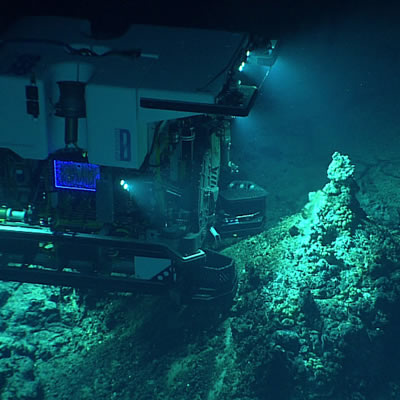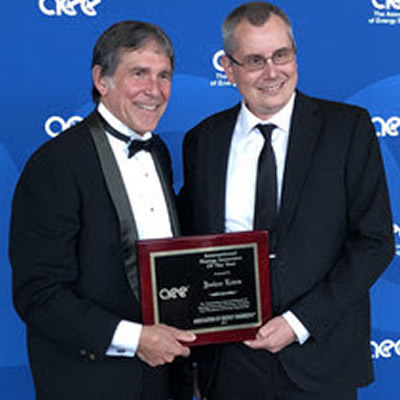New securities regulations will make it easier for mining juniors to raise money

Rod Thomas, president of the Prospectors and Developers Association of Canada. — Photo courtesy PDAC
A recently announced regulatory change will allow publicly listed companies in Canada to make a rights offering – invitations to existing shareholders to purchase its securities at a discount – without having to issue a new prospectus.
The move will benefit many publicly listed companies in Canada, including financially beleagured exploration companies.
The amendments were announced in September 2015 by the Canadian Securities Administrators (CSA). The amendments were scheduled to come into force on December 8, 2015.
“Rights offerings can be a very effective way for issuers to raise capital while providing existing security holders with an opportunity to protect themselves from (share) dilution,” said Louis Morisset, CSA chairman and president, in an announcement. “This streamlined exemption is designed to make prospectus-exempt rights offerings more attractive to reporting issuers while maintaining investor protection.”
The changes will be welcomed by junior mining companies and their shareholders.
Most junior mining companies that need to raise money by issuing new shares have resorted to private placements.
Since only accredited (i.e. wealthy) investors are eligible for private placements, it meant that only a few investors were allowed to buy new shares. That leaves all other shareholders with diluted stock that is worth less than when they bought it.
A rights offering allows companies to raise capital by issuing new shares and offering them at a discount to existing shareholders.
Until now, few companies in Canada have used rights offerings because the paperwork took so much time and money to complete.
Under existing securities regulations, applying for a rights offering takes about 40 days. After the review has been completed, the company must send out a detailed prospectus by mail to every shareholder explaining the offer and how the money being raised will to be used. That takes another 40 days.
Another part of the amendment is that the share dilution cap will be raised from 25 per cent to 100 per cent.
Under the current 25 per cent cap, a company with a market capitalization of $10 million can issue only $2.5 million in shares. Under the new exemption rules, the limit has been raised to $10 million.
Rod Thomas, president of the Prospectors and Developers Association of Canada, said the amendments simplify the process of raising capital.
“A rights offering is a simple, inexpensive and democratic way for a junior to reach out to its shareholder base,” he said. “In addition, it improves the efficiency of the capital market.”
Mark Peters, chairman of the taxation, securities and investment committee of the Association for Mineral Exploration BC (AME BC), said the changes are positive.
“AME BC welcomes any initiative that reduces the regulatory burden on its members,” Peters said. “The fact that the rules are harmonized across the various regulatory commissions also benefits our members because it reduces redundancies and red tape.”
Peters said the current down-market has made it difficult for exploration companies to raise any sort of financing.
“Amending the existing rules with streamlined rights offering rules can only help our industry,” he said.
Peters said the amendments have a number of benefits for companies that successfully complete a rights offering.
“In light of the current down-cycle, and the lack of financing alternatives available to junior companies generally, the company would be successful in raising the funds to wait out the downturn or, even better, to advance their projects,” Peters said.
Peters said the changes won't affect all juniors equally. Companies with one or more large shareholders may consider doing a rights offering on the assumption that the largest shareholder would participate, while allowing all shareholders to participate and preserve their percentage of shares in the company.
“Junior companies that are widely held may not be as keen to participate, because of the uncertainty of how many shareholders would participate in the offering,” Peters said.
There are also challenges when there are foreign shareholders in a company. “That might make a rights offering less attractive,” he said.
Peters said a junior needs to consider all of the costs and benefits of a rights offering before it decides one way or the other.
“With junior companies already trading at historic lows, in some cases there is no room to apply a further discount to the current stock price via a rights offering,” he said. “Many companies may be considering a small working capital raise to simply wait out the down-cycle. So a rights offering could be the solution if other financing options are not available. Each company has to consider its own needs before considering a rights offering.”




